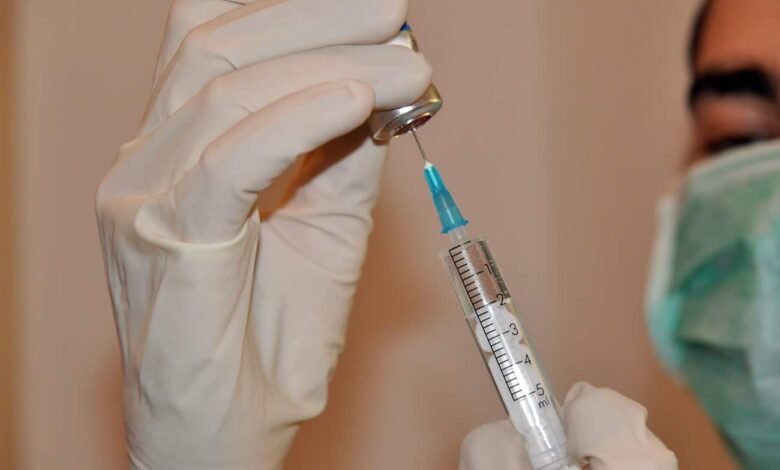Anthrax

What is anthrax?
Anthrax is caused by exposure to the bacteria Bacillusanthracis, with humans being more resistant to the bacterium and in rarer cases, it can start releasing its dangerous exotoxin into a person’s body. It is primarily a disease of herbivores such as sheep, goats and horses.
Pigs are more resistant, as are dogs and cats. Birds are naturally resistant to the disease due to their higher body temperature of 40-42 degrees Celsius. Buzzards and vultures are also naturally resistant, but can transmit the spores of the bacteria through their claws and beaks.
Bacillusanthracis tend to enter a dormant state where they form spores. They can exist in the environment for decades. Under suitable temperature conditions – 15-40 degrees Celsius, latent spores can germinate and begin to multiply.
People of any age can be affected. Most cases of infection are mild and those affected recover completely after treatment. But the spores of the bacterium Bacillusanthracis can also be deadly. There are several ways in which bacteria can affect humans and cause disease:
- Through the skin – as a result of exposure to the spores after handling sick animals or animal wool, hair, hides or products contaminated with the bacteria, a characteristic wound appears. Humans are usually resistant to infection, but spores can enter the body through small skin wounds. In this way of infection, the disease is easy to treat if the infected person is treated with appropriate antibiotics.
- Inhalation /inhalation form of the disease/ – infection occurs when spores of the bacterium are inhaled. People who handle raw animal skins can develop the inhalation form of the disease. Initial symptoms resemble a respiratory infection. Once penetrated, the bacteria come out of their latent state and begin to multiply and begin to secrete toxins that spread through the bloodstream to all organs. The bacteria can infect the liver, spleen, and kidneys and then enter the bloodstream, causing generalized bacterial infection and death. This type of infection is better known as septicemic anthrax and most often develops after being infected by inhalation.
- By ingestion – when eating foods containing spores of the bacterium. The gastrointestinal form is difficult to detect and usually begins with inflammation of the mouth and throat. A person who has consumed contaminated products may initially feel a sore throat or begin to swallow with increasing difficulty. Other characteristic symptoms are: nausea, loss of appetite, bloody diarrhea and fever. With this mode of infection, the mortality rate is very high.
Treatment of anthrax
The preferred method of treatment is with antibiotics. The goal of antibiotic therapy is to kill the bacteria causing the infection and prevent complications and death:
Many antibiotics are used successfully to kill the bacteria Bacillusanthracisfor example:
- Doxycycline;
- Penicillin;
- Amoxicycline;
- Ampicillin;
- Ciprofloxacin;
- Levofloxacin;
- Gatifloxacin;
- Chloramphenicol;
In very severe cases, to enable a faster effect of the antibiotic, it is infuse intravenously. Treatment may last several weeks. People who have been exposed to spores of the causative bacteria are prescribed preventive antibiotics, which must be taken for a minimum of 60 days.



